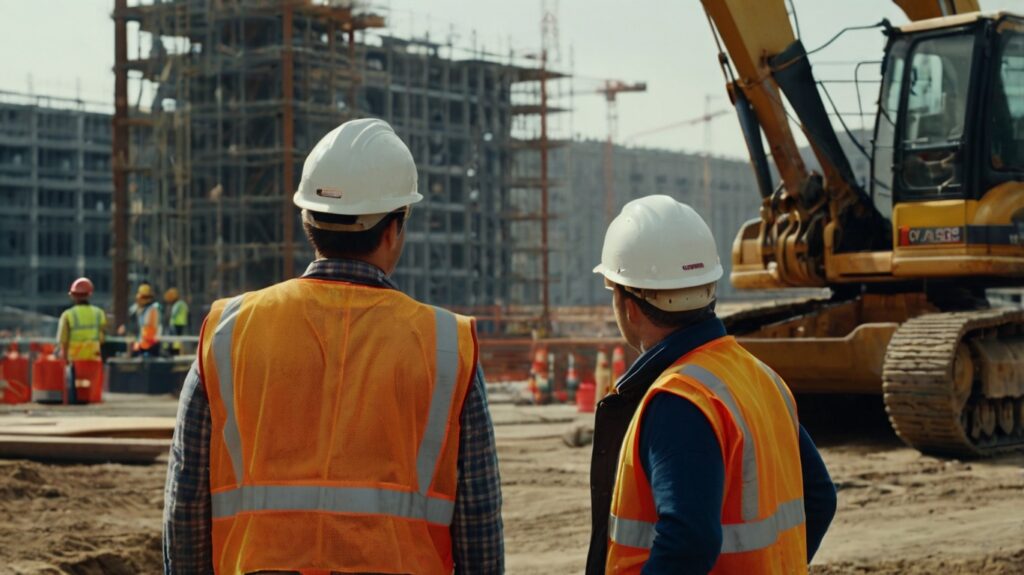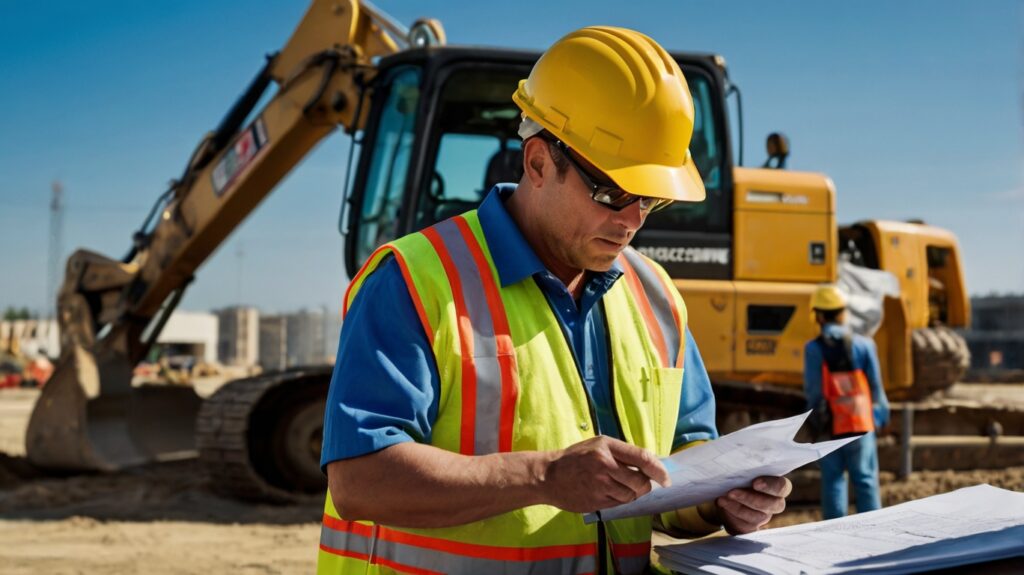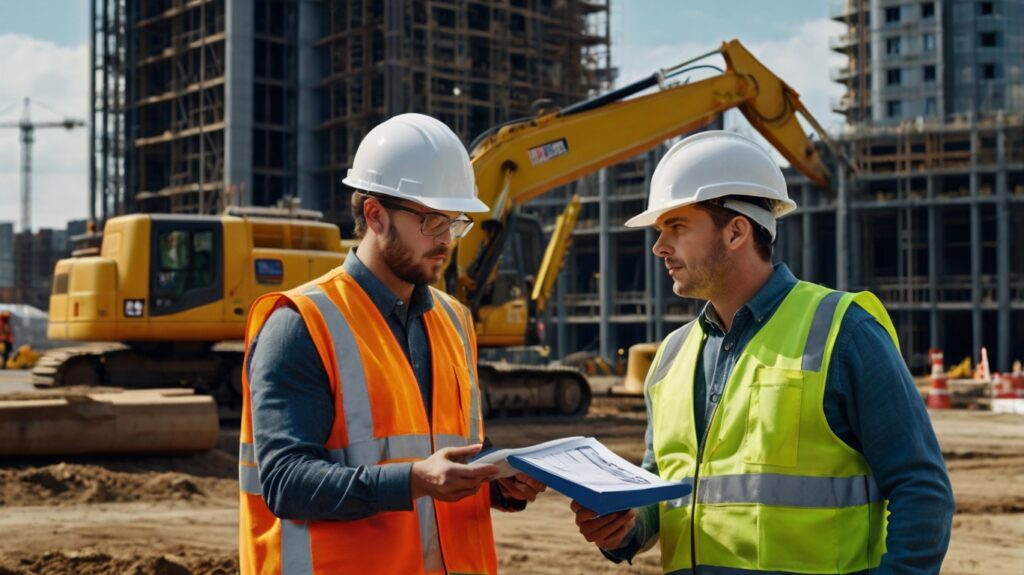- Essential Components of Liability Coverage in Construction
- Types of Liability Claims in Construction Projects
- Evaluating Policy Limits and Exclusions
- Risk Management Strategies for Construction Liability
- Understanding the Role of Contractors and Subcontractors
- Navigating Regulatory and Compliance Issues
- Best Practices for Selecting Liability Policies
- Case-Studies-Liability-Challenges-and-Solutions
- Future-Trends-in-Liability-Coverage-for-Construction-Projects
Liability coverage is a crucial component for construction businesses facing a variety of risks that could lead to significant financial loss. In the construction industry, liability insurance protects contractors, subcontractors, and other parties from claims arising from accidents, property damage, and injuries. This article presents an in-depth overview of liability coverage, underlining its importance, components, and future trends in the industry.

1. Essential Components of Liability Coverage in Construction
Liability policies for construction projects typically feature several key components. First, general liability insurance safeguards against accidents that may occur on the job site, including bodily injury and property damage. Additionally, professional liability coverage—often known as errors and omissions coverage—addresses risks associated with faulty design, planning, or management. Contractors may benefit from additional coverages like workers’ compensation, pollution liability, and contractor’s all risk insurance. Together, these elements help construction companies manage various hazards by spreading risk across different types of insurance policies tailored to meet the unique demands of construction operations.
2. Types of Liability Claims in Construction Projects
In the construction sector, liability claims can take several forms. Bodily injury claims typically arise when workers or visitors suffer injuries on site. Property damage claims can occur when adjacent structures or utilities are inadvertently damaged during construction. Professional liability claims, which are more common in design-build projects, revolve around deficiencies in completing projects or errors in design. Environmental liability claims may emerge when construction activities result in pollution or damage to natural resources. By understanding these categories, stakeholders can better prepare their risk management strategies and ensure that their insurance policies cover potential exposures.

3. Evaluating Policy Limits and Exclusions
When selecting a liability policy, construction companies must carefully evaluate policy limits and exclusions. Policy limits define the maximum amount an insurer will pay for claims within a given period. It is essential to ensure these limits are sufficient to cover potential losses from large-scale projects or catastrophic events. Equally important are the exclusions, which specify circumstances that the policy does not cover. Common exclusions might address intentional wrongdoing, contractual liabilities, or specific environmental hazards. A thorough examination of both limits and exclusions during the policy review process can help businesses avoid unpleasant surprises when filing claims and ensure that critical exposures are adequately insured.
4. Risk Management Strategies for Construction Liability
Effective risk management strategies are fundamental to reducing liability exposures on construction sites. One strategy involves comprehensive safety training and enforcing rigorous safety protocols to minimize the frequency of accidents. Regular site inspections and adherence to regulatory standards further reduce the chances of incidents that could result in claims. In addition, detailed project documentation—records of design plans, permits, and safety protocols—serves as evidence in the event of disputes or liability claims. Contractual risk transfer, achieved by including indemnity clauses in contracts, is another tool that helps ensure financial responsibility is shared appropriately. By implementing a combination of these risk management strategies, companies can not only improve safety but also potentially lower their insurance premiums.
5. Understanding the Role of Contractors and Subcontractors
Both contractors and subcontractors play significant roles in managing and mitigating liability. As the primary party responsible for completing the project, contractors typically carry the largest share of liability coverage. They must maintain policies that cover a broad range of risks, including those associated with the actions of subcontractors. However, subcontractors should also carry their own liability coverage to protect themselves from claims arising from their work. Clear agreements and contractual provisions can help define responsibilities, transfer risk appropriately, and ensure that all parties have sufficient coverage. Establishing clear roles and responsibilities reduces conflicts, mitigates risks, and facilitates a smoother claims process when incidents occur.

6. Navigating Regulatory and Compliance Issues
The construction industry is heavily regulated, and compliance with local, state, and federal regulations is a critical aspect of managing liability. Regulatory requirements may influence the type and level of liability coverage necessary, impacting everything from safety standards to environmental and labor laws. Construction companies must remain informed of changing regulations to ensure that their insurance policies and operational practices remain compliant. Regular audits and consultations with legal and insurance experts can help companies navigate these complex regulations. By prioritizing regulatory compliance, construction firms not only reduce their liability exposure but also build a reputation for responsibility and professionalism that can enhance future business opportunities.
7. Best Practices for Selecting Liability Policies
Selecting the right liability policy involves thorough analysis and due diligence. Construction companies should start with a detailed risk assessment to identify exposures that need coverage. Consulting with industry experts and legal advisors helps in understanding the nuances of policy language, including limits, exclusions, and deductibles. It is essential to compare policies from multiple insurers, taking into account the company’s risk profile, project size, and operational scope. Regular policy reviews ensure that coverage remains adequate as projects evolve and risks change. Moreover, integrating risk management practices such as safety training and quality assurance measures can lead to reduced premiums and better coverage terms. Ultimately, selecting the right liability policy is a proactive process that forms the financial backbone for a company’s continued operation and growth.

8. Case Studies: Liability Challenges and Solutions
Real-life examples offer valuable insights into how liability challenges can arise in construction projects and how appropriate coverage can mitigate those issues. One example is a large construction project that faced multiple claims after an accident involving heavy machinery. The contractor’s general liability policy covered the bodily injury claims, while its workers’ compensation policy addressed the injured worker’s medical expenses. In another case, a design error in a complex building project led to significant financial loss due to a professional liability claim. The project’s error and omissions insurance enabled the affected parties to receive compensation, preventing a lengthy legal battle. These examples underscore the importance of having a comprehensive insurance package that includes various types of liability coverages. Businesses that regularly update their policies and leverage industry best practices are better positioned to address challenges that inevitably arise during large or complex projects.
9. Future Trends in Liability Coverage for Construction Projects
As the construction industry continues to evolve, so too do the risks associated with its operations. One emerging trend is the increased use of technology, such as drones and building information modeling (BIM), which introduces new types of liability exposures. Insurers are beginning to develop specialized coverages that address these modern risks. Additionally, environmental concerns are driving the need for policies that cover renewable energy projects and eco-friendly construction practices. Furthermore, regulatory pressures and the need for greater transparency are leading to more stringent standards and potentially higher policy limits. The role of data analytics and artificial intelligence in underwriting will offer more precise assessments of risk, leading to customized insurance solutions. Construction companies that stay ahead of these trends by updating their risk management strategies and insurance policies will have a competitive edge in an increasingly complex and technology-driven marketplace.

Conclusion
Liability coverage is an indispensable part of managing the myriad risks faced by construction projects. By understanding the essential components, the types of liability claims, and the importance of evaluating policy limits and exclusions, construction companies can better protect themselves against unforeseen events. With a solid grasp of risk management strategies, clear understanding of roles between contractors and subcontractors, and active compliance with regulatory requirements, businesses can mitigate exposures while optimizing their insurance investments. Each case study reinforces the necessity for comprehensive coverage, while future trends illustrate that staying updated and proactive is key. Comprehensive liability coverage not only acts as a financial safety net but also as a tool for fostering trust, protecting investments, and ensuring long-term operational success in the dynamic construction industry.
